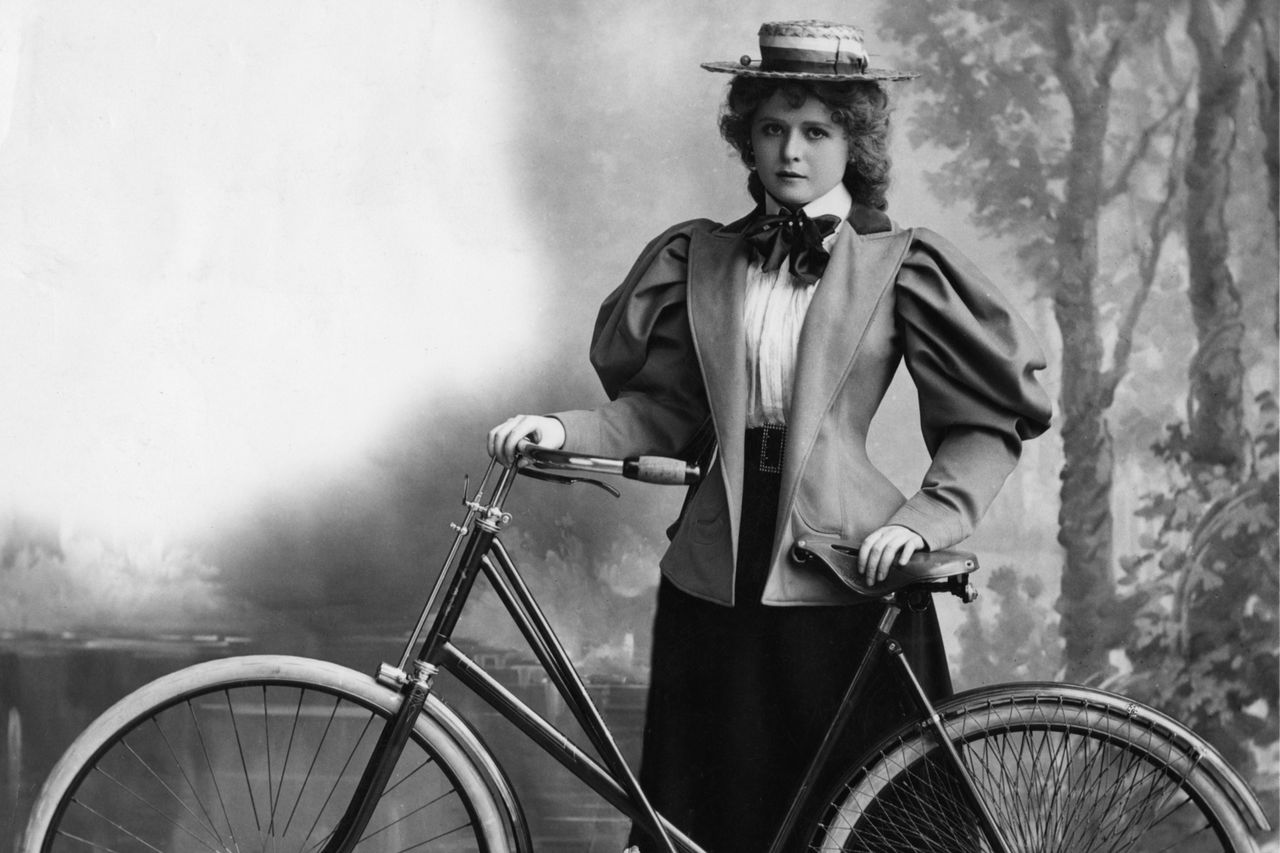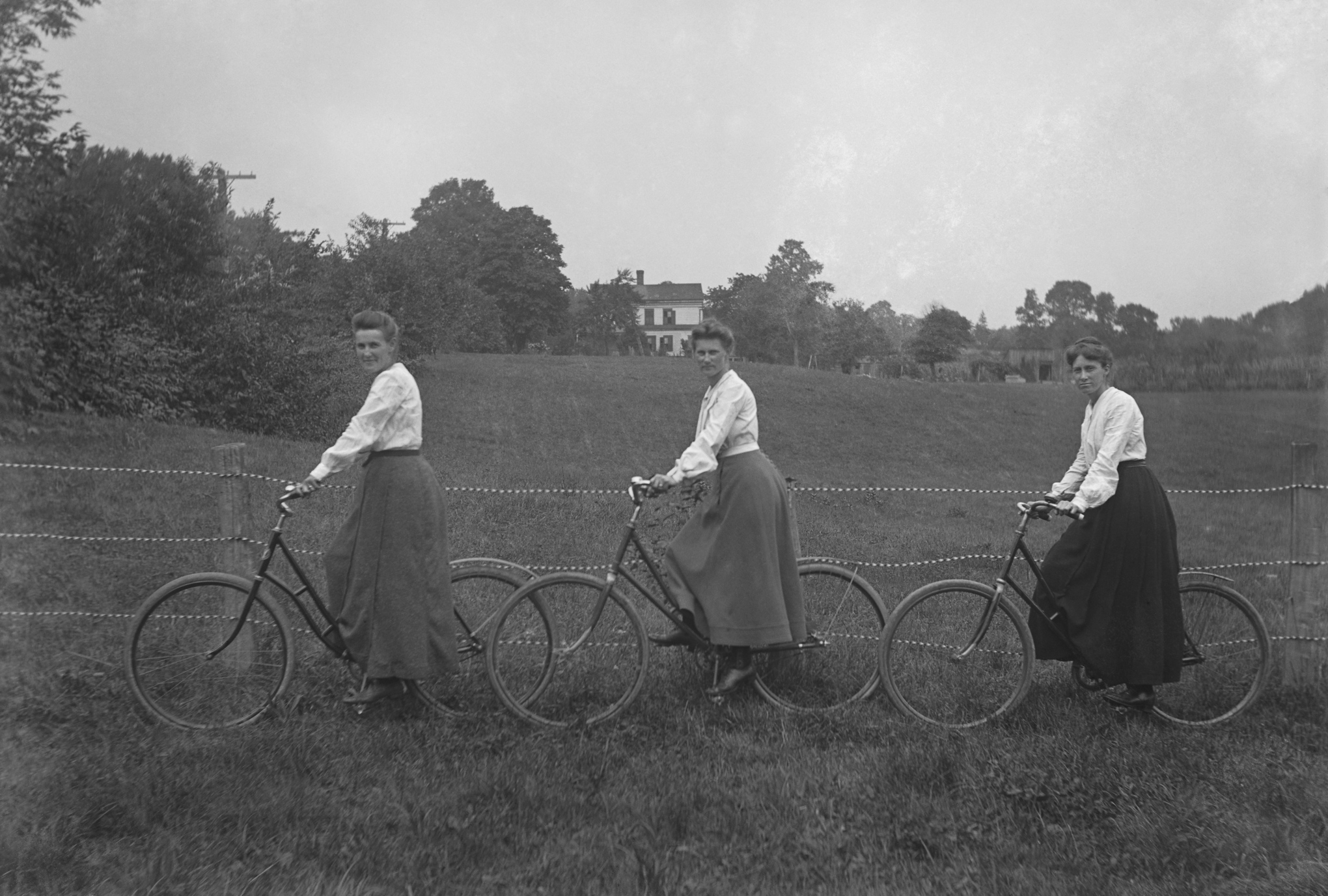You've heard the expression "fish story". You know, the ones about the catches that grow bigger and bigger in memory--or imagination. Or the catches that never were in the first place.
Surely you've heard one or two in your time. You might have told one or two yourself. (Don't worry: I don't judge!) Me, I never have. (I swear! ;-)) I really was leading thhat stage of the Tour d'Israel when a Mossad agent yanked me away and conscripted me into the Army. Really!
Why am I mentioning "fish stories" now? Well, I got to thinking about them yesterday, during my ride to the Jersey Shore. Of course, if you live an any coastal area, you've heard your share of such tales. The guppy becomes a grouper, which in another telling, becomes a marlin or some other species that isn't native to the region.
A hundred years ago, people believed that stories about sharks were "fish tales"--or, if you were, sailor's tales. In other words, men who'd gone to sea--or claimed they did--would tell stories about those "man eating" creatures to scare or impress other people. Or, if people believed in sharks, they thought the sailors and fishermen who told of them were exaggerating their size, speed and ferocity.
Well, one hundred years ago next month, those people would learn that those seafarers were only telling the half of it.
The first two weeks of July 1916 were brutally, frightfully hot in the New York metropolitan area, and in much of the Northeastern United States. At the same time, there was a polio epidemic. Seeking relief, thousands of people took to the beaches of the Jersey Shore. The combination of hot weather--which, in turn, meant warmer-than-normal ocean temperatures--along with the increased number of people may have brought the sharks, who usually habituate the shores of Florida, Georgia and the Carolinas, to more northerly reaches.
Shark attacks killed swimmers in the Atlantic on the 1st and 6th of July, off Beach Haven (near Long Beach Island, which was so ravaged by Superstorm Sandy) and Spring Lake (near Asbury Park), respectively. Even though both attacks resulted in the swimmers losing parts of their bodies before bleeding to death, authorities thought there was no cause for alarm. When sea captains entering the ports of New York and Newark reported seeing large sharks, they were dismisssed.
So was Thomas Cottrell, another sea captain and a resident of Matawan. He spotted an 8 foot (2.5 meter) shark in Matawan Creek. For its last couple of miles, Matawan Creek is a tidal inlet of Raritan Bay, which in turn is part of the ocean.
In a way, I can understand why authorities were skeptical of Cottrell's claim. It had nothing to do (at least, as far as I can tell) with his credibility. More than anything, I think that if people had a difficult time believing that a shark attacked in the ocean off southern New Jersey, they had an even more difficult time fathoming that such a creature would swim within sight of the Staten Island Ferry.
(Even though one has to ride or drive 55 to 70 kilometers (35-40 miles) to get to Matawan from New York, due to the curvature of the shoreline, they're really only a few miles apart "as the crow flies".)
What was even more incredible was that the shark would swim upstream in Matawan Creek, about 15 kilometers inland from the ocean. Had Cottrell been heeded, two boys--including 11-year-old epileptic Lester Stillwell--might never have entered the water. They saw what they thought was a piece of an old dock or some other flotsam. But when they saw a dorsal fin, it was too late: the shark dragged Lester under the surface of the water. He did not survive; neither would his would-be rescuer, Stanley Fisher.
On my way back, I pedaled across a bridge over Matawan Creek, a few kilometers from its mouth. The still waters belied a century-old tragedy, one that is anything but a "fish story". There were tears then; there have been tears in recent days; for me, there was only sweat: sweat of my own choosing.
Surely you've heard one or two in your time. You might have told one or two yourself. (Don't worry: I don't judge!) Me, I never have. (I swear! ;-)) I really was leading thhat stage of the Tour d'Israel when a Mossad agent yanked me away and conscripted me into the Army. Really!
Why am I mentioning "fish stories" now? Well, I got to thinking about them yesterday, during my ride to the Jersey Shore. Of course, if you live an any coastal area, you've heard your share of such tales. The guppy becomes a grouper, which in another telling, becomes a marlin or some other species that isn't native to the region.
A hundred years ago, people believed that stories about sharks were "fish tales"--or, if you were, sailor's tales. In other words, men who'd gone to sea--or claimed they did--would tell stories about those "man eating" creatures to scare or impress other people. Or, if people believed in sharks, they thought the sailors and fishermen who told of them were exaggerating their size, speed and ferocity.
Well, one hundred years ago next month, those people would learn that those seafarers were only telling the half of it.
The first two weeks of July 1916 were brutally, frightfully hot in the New York metropolitan area, and in much of the Northeastern United States. At the same time, there was a polio epidemic. Seeking relief, thousands of people took to the beaches of the Jersey Shore. The combination of hot weather--which, in turn, meant warmer-than-normal ocean temperatures--along with the increased number of people may have brought the sharks, who usually habituate the shores of Florida, Georgia and the Carolinas, to more northerly reaches.
Shark attacks killed swimmers in the Atlantic on the 1st and 6th of July, off Beach Haven (near Long Beach Island, which was so ravaged by Superstorm Sandy) and Spring Lake (near Asbury Park), respectively. Even though both attacks resulted in the swimmers losing parts of their bodies before bleeding to death, authorities thought there was no cause for alarm. When sea captains entering the ports of New York and Newark reported seeing large sharks, they were dismisssed.
So was Thomas Cottrell, another sea captain and a resident of Matawan. He spotted an 8 foot (2.5 meter) shark in Matawan Creek. For its last couple of miles, Matawan Creek is a tidal inlet of Raritan Bay, which in turn is part of the ocean.
 |
| Matawan Creek, a couple of kilometers upstream--and a century after--the shark attacks. |
In a way, I can understand why authorities were skeptical of Cottrell's claim. It had nothing to do (at least, as far as I can tell) with his credibility. More than anything, I think that if people had a difficult time believing that a shark attacked in the ocean off southern New Jersey, they had an even more difficult time fathoming that such a creature would swim within sight of the Staten Island Ferry.
(Even though one has to ride or drive 55 to 70 kilometers (35-40 miles) to get to Matawan from New York, due to the curvature of the shoreline, they're really only a few miles apart "as the crow flies".)
What was even more incredible was that the shark would swim upstream in Matawan Creek, about 15 kilometers inland from the ocean. Had Cottrell been heeded, two boys--including 11-year-old epileptic Lester Stillwell--might never have entered the water. They saw what they thought was a piece of an old dock or some other flotsam. But when they saw a dorsal fin, it was too late: the shark dragged Lester under the surface of the water. He did not survive; neither would his would-be rescuer, Stanley Fisher.
On my way back, I pedaled across a bridge over Matawan Creek, a few kilometers from its mouth. The still waters belied a century-old tragedy, one that is anything but a "fish story". There were tears then; there have been tears in recent days; for me, there was only sweat: sweat of my own choosing.




